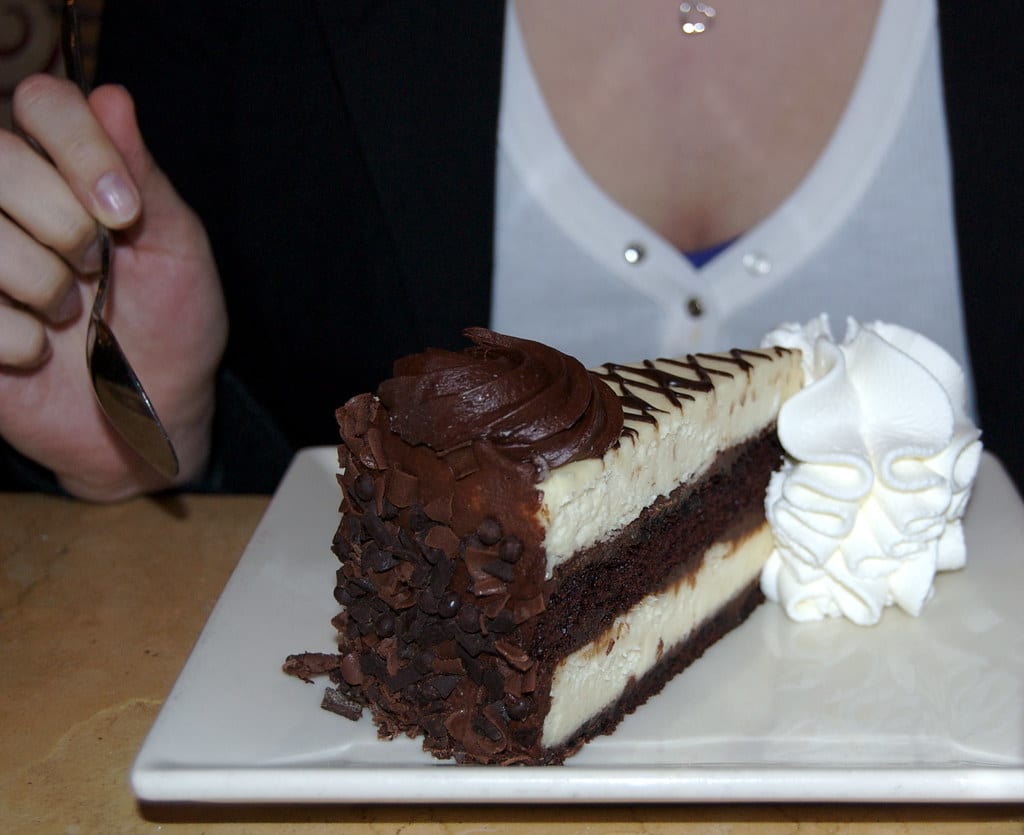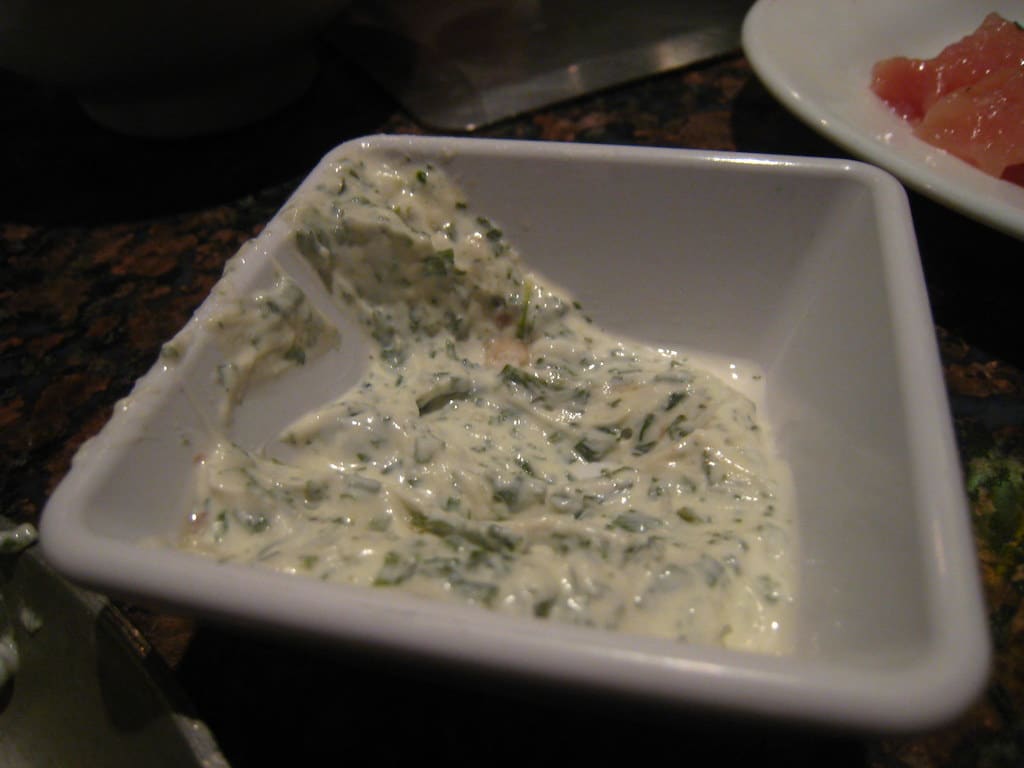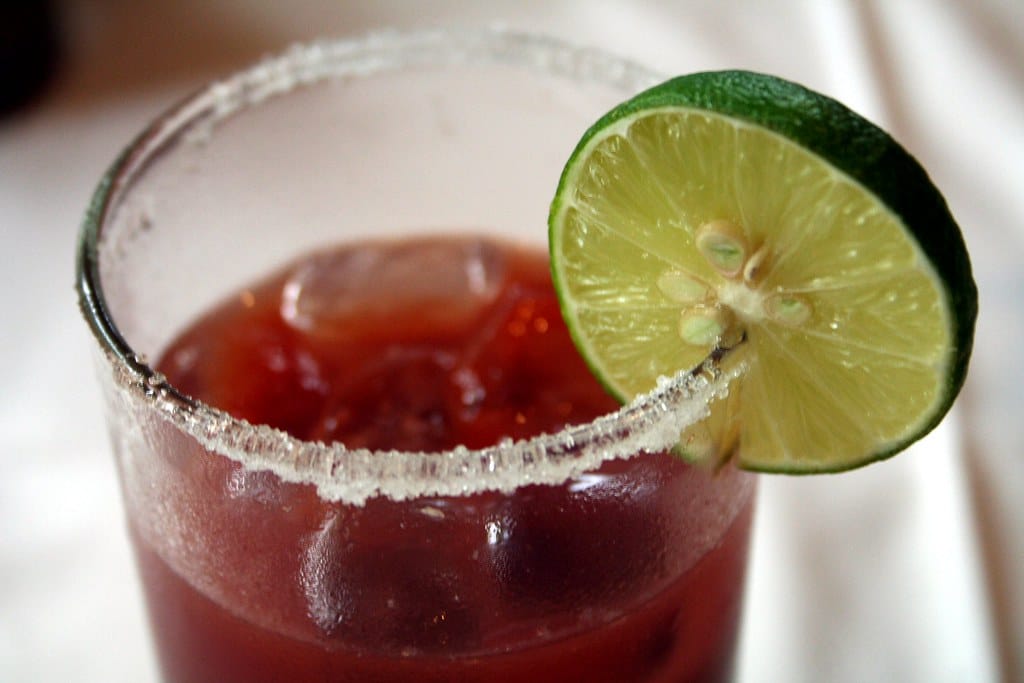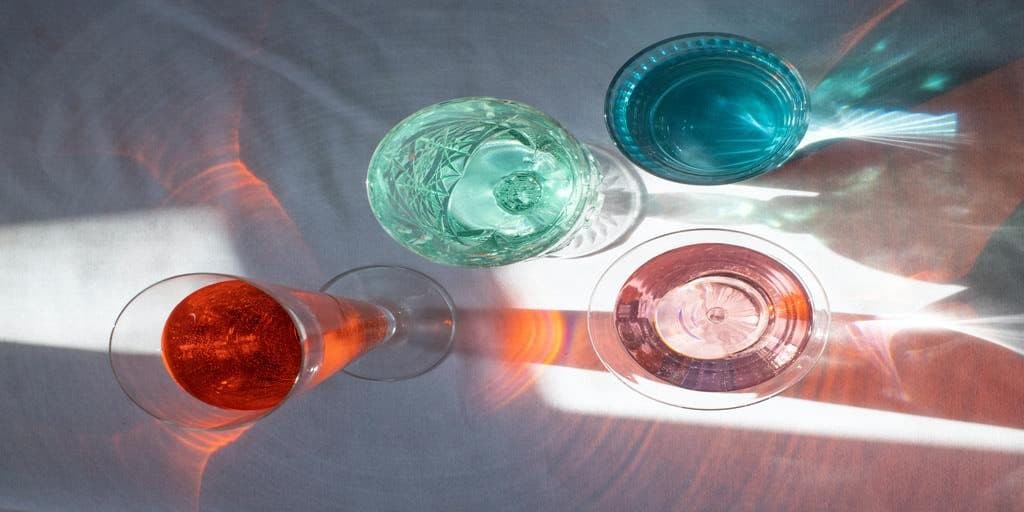Making delicious snacks relies on nailing the right mix of ingredients. It’s like cracking a flavor code where one slip can spoil the whole batch. Learning how to blend spices, crunch, and taste can turn simple nibbles into drool-worthy delights. This hack works great for anyone who loves fast homemade treats or wants to wow buddies without fuss. Picture having secret recipes that make folks come back for seconds, all without fancy gadgets or hours in the kitchen. Snack time becomes a tasty adventure, so stick around to uncover the insider secret to perfect snacks every single time.
Butter is a flavoring that may be in varying amounts in recipes, depending on the food you’re preparing.
So, what exactly is 1/3 cup butter, and how do you measure this amount accurately?
1/3 cup of butter will equal 5 tablespoons and 1 teaspoon (5 1/3 tablespoons).
Use a regular kitchen tablespoon and standard cup when measuring, and fill to the ⅓ line cup.
⅓ tablespoon equals one teaspoon; hence you can use a standard teaspoon to get the fraction measurement.
1/3 cup butter is also 16 standard teaspoons, about 80 milliliters, and 2.8 ounces.
This article will guide you on precisely measuring 1/3 cup of butter for your cooking needs.
It will provide a comprehensive guide on measuring butter and other vital conversions in your recipes.
Continue reading for a thorough understanding.
How much is 1/3 cup?
In many kitchens, the cup is a popular kitchen utensil and unit of measurement.
You can use it to measure dry and wet ingredients.
The standard cup size in the US customary system is 8 fluid ounces (236.59 mL), but a cup of butter will only weigh 6 ounces (170 grams).
While measuring ingredients, use a standard-size cup for accurate amounts.
One cup will hold 2 butter sticks, 16 tablespoons, and 48 teaspoons.
You can use other-sized cups to get your precise ingredient values if they are graduated correctly.
When measuring ingredients, using a cup, fill it until it reaches the required line for the specific element.
Graduated and calibrated measuring cups are convenient and easier for measuring ingredients.
How is butter measured?
Butter is a popular ingredient in many recipes.
Most recipes indicate the butter amount in sticks, tablespoons, or cups.
Most butter is sold packed in sticks that are easy to measure.
1 tablespoon (tbsp) of butter contains 3 teaspoons of the same.
When using a recipe, the number of tablespoons and teaspoons indicated for you to use will be equivalent to the amount of butter required in sticks, milliliters, or cups hence the need to understand conversions.
One standard butter stick measures 113 grams or 1/2 cup.
This is in standard measures (typical US measurements).
Other countries may have slightly different values depending on specific brands and how butter is handled there.
There are 3 teaspoons (tsp) in a tablespoon, and each stick has 8 tablespoons.
This means that 1 stick contains 24 teaspoons (tsp) of butter.
How much is a tablespoon of butter?
The standard size for a tablespoon is 1/2 fluid ounce (avoirdupois), 1/16 of a cup, and 15 ml in the US customary system (US tablespoon).
This is the standard volume measurement.
The spoon is also 14.7 grams in the imperial system.
When measuring butter using a tablespoon, use a regular kitchen tablespoon and fill it up to the brim.
Ensure the butter has a uniform density (uniform thickness), stir it using a light stirrer or spatula, and level it on the tablespoon.
Measuring and converting butter from teaspoons, tablespoons, and cup
If your recipe calls for a tiny amount of butter that can’t be measured in stick or using a cup, then conveniently use teaspoons (tsp).
One teaspoon of butter equals 1/3 of a tablespoon and 1/48 of a cup.
A stick of butter will contain 24 teaspoons (8 tablespoons).
It’s easier and more convenient to measure smaller units using teaspoons than tablespoons and cups.
To convert tablespoons and cups to teaspoons, multiply the number of tablespoons by 3 and cups by 48.
For example, 2 tablespoons will be 6 teaspoons, while 1/3 cup will be 16 teaspoons.
For conversions from cups to tablespoons, multiply the number of cups by 16.
For instance, 2 cups will be 32 tablespoons, while 1/3 cup will be 5 and 1/3 tablespoons (5 tablespoons and 1 teaspoon).
Understanding these conversions is handy when transforming butter from either sticks to cups and teaspoons or if you only have specific measuring cookware.
A table that can conveniently guide you in conversions is given below:
- 1 cup butter = 2 sticks or 16 tablespoons
- 1/2 cup butter = 1 stick or 8 tablespoons
- 1/3 cup butter = 5 and 1/3 tablespoons
- 1/4 cup butter = 4 tablespoons or 2 ounces
- 2/3 cup butter = 10 and 2/3 tablespoons
- 1 tablespoon butter = 3 teaspoons or 1/2 ounce
- 2 tablespoons butter = 6 teaspoons or 1 ounce
- 1 teaspoon butter = 1/3 tablespoon or 1/48 cup
If a recipe calls for melted butter, understand that 1 cup of melted butter is also 2 sticks or 16 tablespoons.
When measuring melted butter, place the cup flat (on a flat surface) to avoid spillage or measurement errors.
Fill the required amount and use a spoon to scrape off the butter from the sides of the cup to get an accurate measurement.
It’s advisable to use a glass or Pyrex measuring cup when melting butter to see easily.
How much butter sticks in 1/3 cup
As butter is packaged mainly in sticks, you may want to know how many sticks are in a 1/3 cup when using a recipe that requires ⅓ cup butter.
As one cup contains 2 sticks and a stick contains 8 tablespoons, 1/3 cup of butter would be 2 and 2/3 tablespoons and 8 teaspoons.
⅓ cup also equals ⅔ of a stick of butter.
Using a measuring cup, fill it up to the line indicated for 1/3 cup or add 2 and 2/3 tablespoons of butter (8 teaspoons).
This method can measure other amounts like 1/4 and 1/2 cups.
For example, ¼ cup will be 4 tablespoons (1/2 stick), and ½ cup will be 8 tablespoons (1 stick of butter).
Measuring butter in your recipes: What you need to know
When measuring butter for your recipes, accuracy and consistency are key.
This means correctly conducting your measurements in the proper ways.
Here are a few things to keep in mind when measuring butter:
Use the right measuring tools
You’ll need to use the proper measuring tools for accurate measurements.
Use standard kitchen tablespoons, teaspoons, and measuring cups for liquid or dry measurements.
You can also use graduated or calibrated measuring equipment.
Ensure the butter is at room temperature
For best results, use butter that’s at room temperature.
This will ensure that the butter is soft enough to level off on your measuring tools easily.
If your recipe calls for melted butter, it should completely melt and cool before measuring.
Get the right amount
When a recipe requires specificity, use the exact amount.
Don’t estimate or eyeball the measurement, as this can result in a different dish or mess up your food’s taste.
Be consistent with your measurements
Consistency means constantly using appropriate measuring tools and leveling off your measurements to maintain accuracy.
Measuring by volume (cups or tablespoons) will give you more consistent results than measuring by weight (ounces or grams).
What should I do in case of inaccurate butter measurements?
Sometimes, measuring butter can be challenging, or you may simply make mistakes and end up with inaccurate measurements.
If you accidentally measure an erroneous amount of butter, there are a few things you can do to try and salvage the situation:
Too much butter in the dish
If you accidentally add too much butter to the dish, you can try removing some of it.
This might be difficult, depending on the dish.
If possible, scoop out the excess butter or use a spoon to press it down, so there’s less surface area for it to melt.
You can also try to reduce the overall fat content of the dish by adding more flour or another dry ingredient.
Too little butter in the dish
You can add more if you accidentally add too little butter to the dish.
If the butter is already incorporated into the dish, you might be unable to salvage it.
In this case, you can try to make up for the lack of butter by adding more other fat, such as oil.
You can also add more liquid to the dish to thin it out.
Frequently asked questions (FAQs)
Can you estimate butter measurements without using the kitchen measuring tools?
Estimations will be determined by your past cooking or butter usage experience, and you may expect good values if you’re a master of the recipe.
Otherwise, it may be challenging to obtain accurate figures via estimations.
Can I use my food scale to measure butter?
You can use a food scale to measure the butter.
Ensure to use the proper weight measurements for your recipe.
What’s the difference between measuring by volume and measuring by weight?
Measuring by volume is more accurate than measuring by weight.
This is because the density of butter can vary depending on the brand and how it’s stored.
When measuring by weight, you might end up with more or less butter than the recipe calls for.
Conclusion
When measuring smaller amounts of butter, use teaspoons, while larger ones can be measured using tablespoons or cups.
One tablespoon equals 3 teaspoons, while a cup contains 16 tablespoons and 48 teaspoons.
1/3 cup is equivalent to 5 tablespoons plus 1 teaspoon of butter.
Measure and use the correct amount of butter, so your food doesn’t end up too greasy or without enough flavor.
Incorrect values may also potentially throw off the measurements and contributions of other ingredients in a recipe.
Be precise when measuring 1/3 cup of butter and other components to ensure your food turns out perfectly.
- 25 Homemade Sour Cream Recipes - November 3, 2025
- 25 Simple Lemon Dessert Recipes - November 3, 2025
- 25 Best Jello Recipes - November 3, 2025



